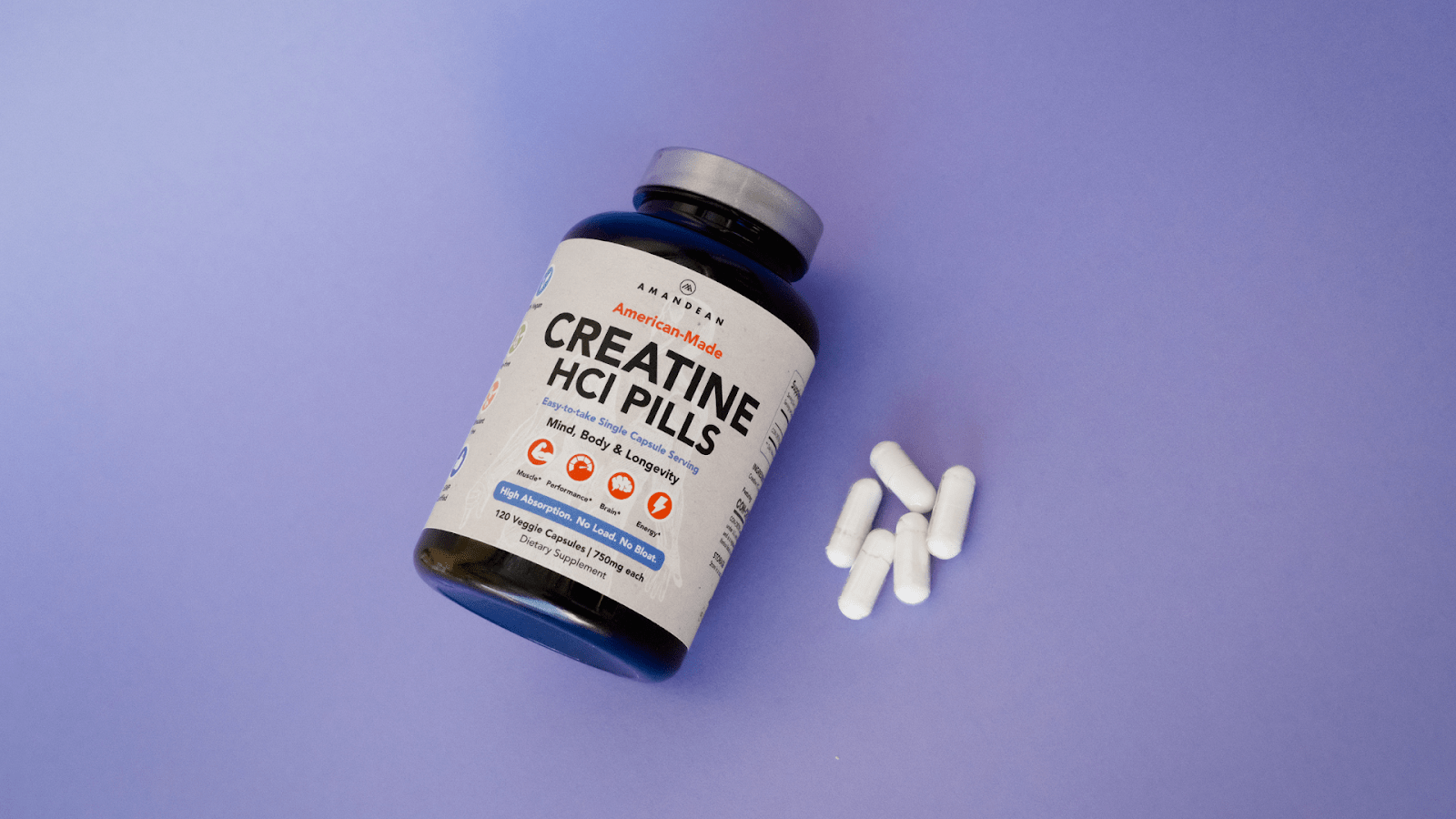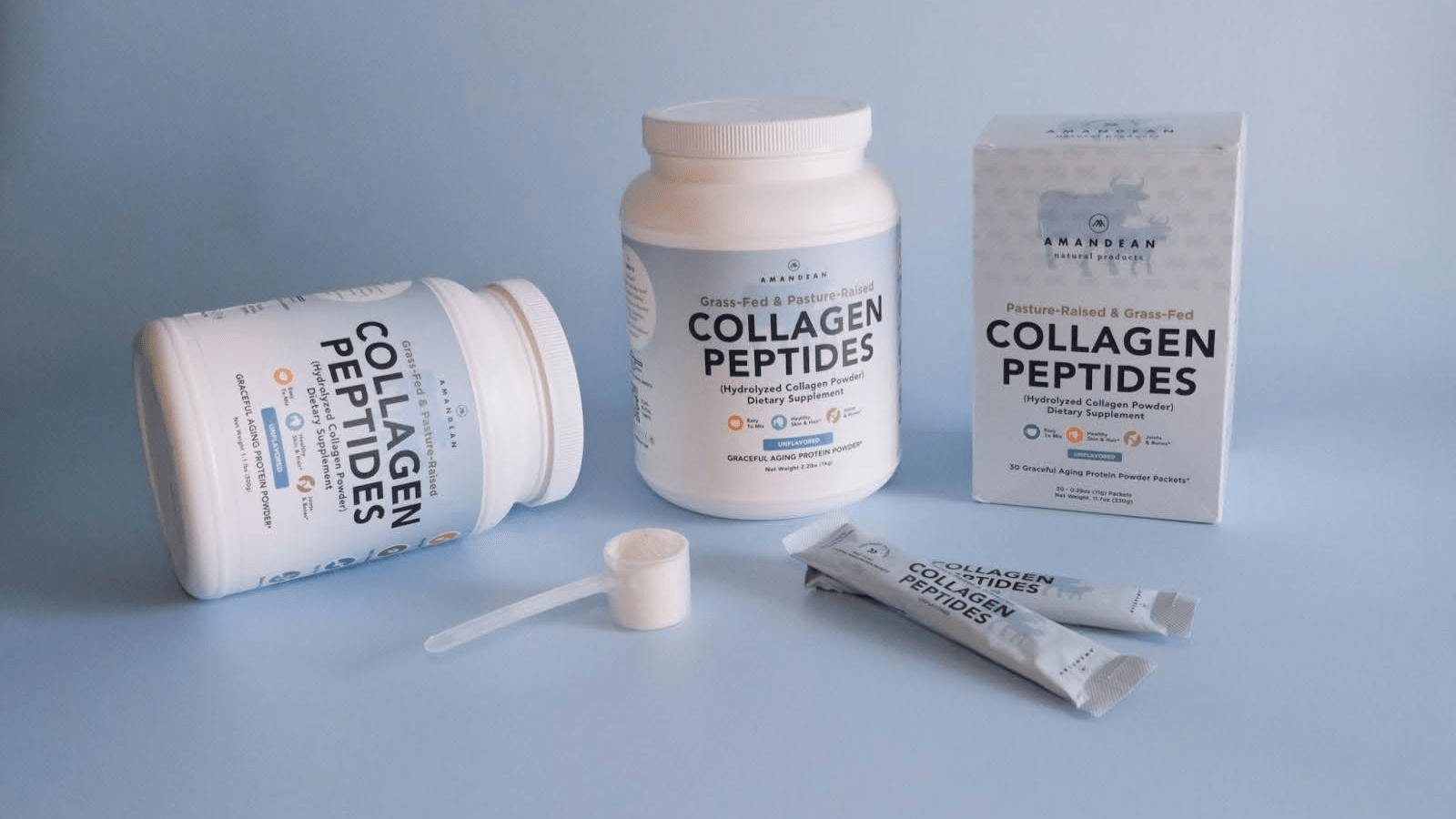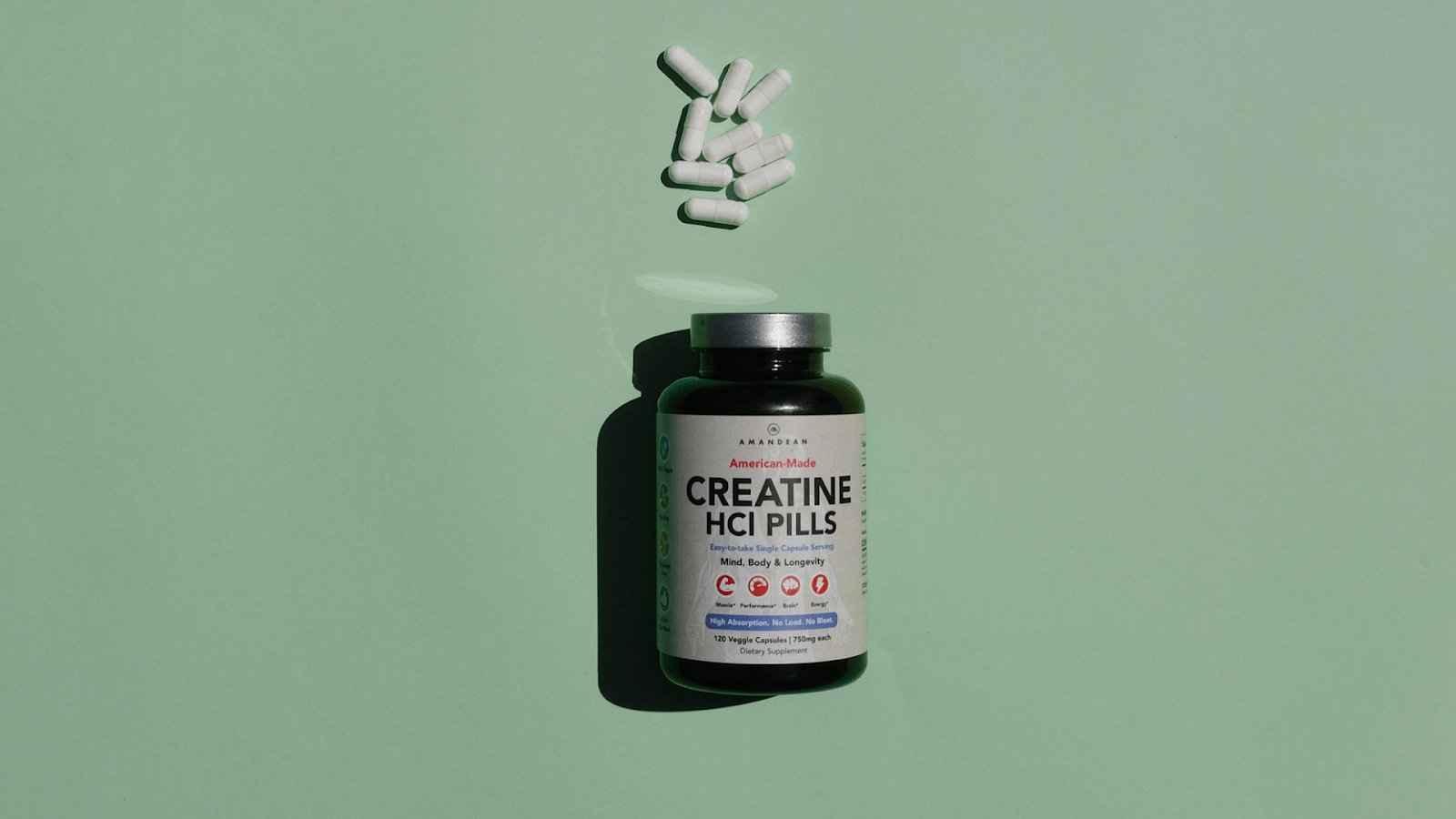Your Cart is Empty

August 05, 2020 13 min read
It’s likely you’ve heard a bit of buzz around the topic of Intermittent Fasting or IF as practitioners call it. Not just a simple nutrition plan like some diets, IF is as much a lifestyle as it is a specific way to eat. Just like Paleo, Bulletproof, or Keto diets, Intermittent Fasting represents a way of life, which requires you to think about your energy, performance, recovery, and traditions. It may seem like a lot to consider - but it is safe to say that IF regimens have shown impressive results for athletes, entrepreneurs, and ordinary mortals. The benefits of IF regimens extend far beyond attempts at weight loss, as they aid in the management of numerous health conditions, including diabetes, IBS, and Crohn’s.
Intermittent fasters have truly become a community sharing their experiences and jaw-dropping transformation testimonies in all aspects of life, not only in the physical realm. The growing interest in IF is inspiring an entirely new wave of nutrition trends. What’s all this hype about how you can test an IF diet yourself? Consider the 5:2 diet. Keep reading to learn more.
An intermittent fasting diet, more accurately described as an eating pattern, represents one of the most popular diet trends in America. The sole concept of this eating pattern is to cycle between periods of eating (also known as eating windows) and fasting, during which you consume zero calories. But, is it really in our nature to have longer periods of food deprivation?
Well, when you think about it, our ancient ancestors (think cavemen) could only eat when a hunt was successful, and they had no way of storing most of the food. Refrigerators came along much later. For this reason, we can only conclude that fasting was an integral part of human evolution. Historically and in modern times, fasting is present in numerous cultures and religions, including Christianity, Islam, Buddhism, and Judaism. Chances are you’ve known someone who has taken part in Ramadan or Yom Kippur or maybe you’ve participated yourself. If you ask the experts advocating for the benefits of fasting, they will tell you that it is a way for you to get the most out of your meals. You’re not really changing what you eat so much as the time that you eat it - and it makes all the difference.

There are many ways to do intermittent fasting. So, which variety of IF will work for you? Well, we cannot recommend a single method and proclaim a universal solution. It is important to listen to your body, understand your goals, and find out what works best for you. It is okay to experiment with IF until you’ve found a regimen that aligns with your needs and lifestyle. However, our recommendation for beginners is certainly the 5:2 diet, which we’ll dive into next.
One of the most popular IF methods is the 16:8, which means that you fast for 14-16hrs, while your eating window (the period when you can eat) lasts for 8-10hrs. Time-restricted IF methods, which appear to be most sustainable for long-term fasting, also include 14:10 - simply changing the ratio of fasting time and the duration of the eating window. On the other hand, the Eat-Stop-Eat method is a more rigorous one, as it entails a 24-hour fast 2 times a week. Alternate Day is also a strict regimen that fewer people gravitate towards, as it entails fasting every other day. The Warrior diet, (also known as 20:4) as the name itself implies, calls for a great deal of strength and patience, as it requires you to fast all day, while having a small four-hour eating window.

The trick is in taking advantage of your insulin levels, as there is a huge difference between the so-called fed state and the fasted state. The fed state, which is when you consume and absorb food, begins when you start your meal and continues with the digestion process for about 3-5hrs after a meal. During this entire state, the body has trouble burning fat as your insulin levels are high. On the other hand, the fasted state, which follows and can last for between 8-12hrs, is the time when the fat-burning process is not limited by high blood sugar levels. By doing the math, you will realize that we hardly ever reach the fasted, fat-burning state with our regular eating patterns of three meals per day. However, efficient fat burning is only the tip of the iceberg when it comes to IF benefits.
One important thing to consider when it comes to IF is lifestyle, especially if you’re committing to a long-term change. What we mean by that is your diet should never be the source of negativity or anxiety. Quite the opposite: it should allow you to change your life for the better. One of the main reasons behind the growing popularity of Intermittent Fasting as a lifestyle is the way it simplifies your daily routine. As much as you may enjoy preparing and planning your meals, there are days when this process may be too stressful and time-consuming. Since IF usually entails 1-2 daily meals only, you’ll have more time to focus on yourself, your work, your family, and other priorities besides meal prep and cooking.
Alternatively, if you’re part of a family or culture that gets up and eats eggs & bacon every morning followed by lunch at noon sharp and a few snacks in between, the transition to intermittent fasting may prove to be more difficult. In other words, the IF regimen adheres to more modern than traditional patterns when it comes to mealtimes and sharing food. It might work on some days and not so well on others.
Besides influencing insulin levels and facilitating the fat-burning process, IF has been found to increase the blood levels of growth hormone, promoting muscle gain. What’s more, fasting induces cellular repair and detoxifying processes in the body, while positive alterations in gene expression have also been noted.

Yes, it is absolutely true that IF can aid not only in healthy weight loss, as it also promotes fat burning while supporting muscle building. First and foremost, fasting regimens require you to have fewer meals, which will most likely result in lower calorie intake. What’s more, by boosting fat burning and enhancing muscle mass, IF is increasing your metabolic rate by 3.6-14%. And, as you already know, an increased metabolic rate equals more calorie burn. In addition, a study conducted by A. R. Barnosky and colleagues revealed that you can lose anywhere from 3-8% of your excess weight over 3-24 weeks. The participants of the mentioned study also noticed a significant change in the problematic belly area, as they’d reduced their waistlines 4-7%.
The aforementioned effect of IF on insulin levels has also been shown to aid in the management of insulin resistance and overall blood sugar levels, a study on the role of IF in diabetes prevention suggests. When it comes to actual numbers, regular fasters have been shown to experience a decrease in blood sugar levels by 3-6%, with insulin reduced by an outstanding 20-31%.

Inflammation and oxidative stress have been recognized as underlying causes of numerous health issues, including premature aging and chronic conditions. According to a clinical trial performed by J. B. Johnson et al., one of the major benefits of Intermittent Fasting is an improved bodily defense system against free radicals, and ultimately, oxidative damage. As far as inflammation is concerned, fasting appears to support the anti-inflammatory activity in the body, lowering the chance of the development of various inflammatory conditions.
Fasting has also been associated with improved cognitive functions as a result of the development of new nerve cells. Moreover, a study focused on weight loss and cardioprotection with IF suggests that fasting has been shown to positively affect numerous important factors in cardiovascular health, including blood pressure, cholesterol, inflammatory markers, and triglycerides.
If you’re interested in exploring Intermittent Fasting, the 5:2 diet might be the best way to ease into it. The 5:2, also known as the Fast Diet, is considered a more gentle model of IF variations, and the credit for its global popularity can be largely attributed to British journalist, Michael Mosley. It seems that the 5:2 diet has taken Hollywood by storm, as numerous stars have reportedly reached their desired number on the scale with this diet - some of them being Miranda Kerr, Jennifer Lopez, and Dom Joly. However, the real ‘Transformation of the Year’ award goes to Adele, and coming straight from the horse’s mouth, IF is “relatively easy to follow” and “it’s easy to be consistent”.

So, why 5:2? Basically, for 5 days of the week, you are able to follow your normal diet plan you’re accustomed to. As opposed to the 5-day non-restrictive period, you’re supposed to limit your daily calories to 500-600 for two non-consecutive days of the week. Also, this diet does not limit your food choice; the only requirement is to restrict your calories on fast days.
While it is completely up to you to arrange your schedule and choose the days you fast, it is advised to have at least one non-fasting day in between them. For instance, if you were to start your week by fasting, you’d then eat normally on Tuesday, and fast again on Wednesday. The rest of the week would be the non-restrictive period when you are free to follow your usual regimen. However, if your goal is to lose body weight and maintain your well-being, you should stay away from processed foods, foods high in refined sugars, and other blacklisted foods you normally would avoid when trying to eat healthy.
Alternate day fasting has been associated with numerous benefits, especially when it comes to remarkable weight loss results. It has been shown to promote healthy weight loss and fat burning (especially in the belly area) while limiting calorie-restriction-induced muscle mass loss. When combined with endurance or strength training, the 5:2 diet has been found to exhibit even more impressive results.
Even though there isn’t much research supporting the alleged side effects of this kind of dieting, some dieters have reported issues such as daytime sleepiness, dehydration, bad breath (halitosis), as well as irritability and anxiety - which naturally come as a result of a drastic lifestyle changes or ignored food cravings. Furthermore, you might experience short-term side effects when it comes to digestion - especially if you’re just starting out. As a result of calorie restriction during the fasting window, you’re also bound to feel less energetic during your fast days, which is why it is important to plan them in advance. In general, the discomfort felt by first-timers new to IF generally passes as your body and lifestyle adapts to these new changes. As humans we are creatures of habit and new habits take time to establish.

Okay, now that we’ve established what a 5:2 schedule looks like, let’s talk a bit about the ideal meal plan for your fasting days. While you may feel the urge to indulge and go heavy on the carbs, poor choices can compromise all the progress you’ve made, whether it’s weight loss, muscle gain, or even better focus at work. Even once you’re “off the hook” and not restricted to 500-600 calories a day, you should plan your meals wisely - and pick healthy, nutritious sources.
A calorie limit could have you feeling exhausted, low in energy, and even dizzy. Therefore, it is crucial for you to invest your calories in nutrient-dense meals that will keep you feeling full and as energized as possible afterwards. In addition, adding a few essential supplements to your diet will also help you to maintain your IF plan and manage your nutrients properly.
First and foremost, you should make sure to remain hydrated throughout the day, combining water and herbal teas to avoid dehydration that could result in fatigue and headache. According to MindBodyGreen.com, your eating window during fast days should include a combination of whole foods: protein, healthy fats, and of course - veggies.
While it is completely up to you to decide whether you’ll split your calorie intake into 3 smaller meals or 2 bigger ones, it is advised to stick to high-fiber, high-protein options, such as fish, meat, eggs, and soups. And since it is your goal to avoid fits of uncontrollable hunger, one of the main recommendations is to boost your protein intake.

In case you’re not too familiar with the benefits of all-natural Collagen Peptides powder, it has been found to promote satiety and help you to stay fuller for longer between meals. As a source of pure, non-GMO protein, collagen is an ideal fast-breaking solution. In fact 10-15% of our total dietary energy is obtained from protein, making collagen a prevalent nutrient in our diet. Aside from being a perfect companion to IF plans targeted at weight loss, collagen has also been shown to promote lean muscle mass building by supporting muscle protein synthesis, a study conducted by D. Zdzieblik and colleagues suggests. What’s more, because digestive issues may develop as a result of a diet change, it is important to highlight the role of collagen in gut health, as it protects the integrity of the gut lining. Is collagen supplementation allowed while you’re fasting? Read more about it in our in-depth guide.
Just like collagen, omega-3 levels should be optimized for long-term health, but there is an even bigger requirement during fast days. Fats are an integral part of balanced, healthy nutrition, and sustainably sourced Vegan Omega-3 fatty acids are a premium source. Similarly to collagen powder, omega-3s have also been found to promote the feeling of satiety, leaving you feeling full for hours. If you’re looking to lose weight, you will also appreciate the fact that omega-3s appear to increase the metabolic rate by up to 14%. Furthermore, omega-3s are a great addition to your workouts, as they have been shown to boost calorie and fat burning. IF regimens and omega-3s have also been found to support reducing the waist circumference.

As we’re all well aware, good habits are not developed overnight. Therefore, if Intermittent Fasting is the direction you’d like to go in, the 5:2 diet is a perfect way to test the waters. Who knows, perhaps you’ll like it so much it becomes a lifestyle! But before you dive into it, we strongly encourage you to consult with your GP or nutritionist and make sure that this kind of regimen is suitable for your current health state. For more fat-free, quality supplementation, head over to our online store.
Intermittent Fasting is not only a way of eating, but also an entire lifestyle.
There are numerous IF methods, including time-restricted regimes, Eat-Stop-Eat, Alternate Day, and The Warrior Diet.
One of the numerous benefits of this eating pattern is that you only have to prepare 1-2 meals a day.
IF helps to boost metabolism, support weight loss, and age more gracefully.
The 5:2 diet is the ideal way to start your IF journey as you only fast for 2 days a week.
During your eating window, it is crucial to stay hydrated and choose satiating, nutrition for optimal gut health.
Supplementing with Collagen Peptides and Vegan Omega-3 will help you optimize your eating windows & maintain energy.
Take our quiz and find which supplements your body is craving.


October 17, 2025 8 min read
Find out why creatine is better for vegans! Boost your wellness game and unlock peak performance with Amandean's premium supplements today.

October 16, 2025 7 min read
Learn whether collagen in coffee is just another wellness fad. Examine the facts, benefits, and how to use collagen in coffee for beauty and joint support.

September 22, 2025 9 min read
Unlock the full benefits of creatine for women. Boost energy, beauty, and brainpower with Amandean’s clean formulas.